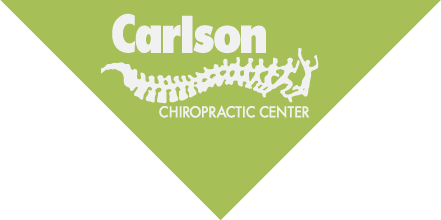Soccer is, without a doubt, the most popular sport in the world, and while American culture has not embraced soccer as a mainstream sport, it is a rite of passage for many youth, and one of the most common sports for children to play. In fact, in 2012 US Youth Soccer had 3,020,633 registered players. With that many kids running and kicking their way down soccer fields, it’s important that parents learn how to protect their children from potential injuries.
Youth Soccer
While on the surface, soccer doesn’t seem to be as inherently dangerous as some sports, kids are suffering mild to severe head traumas, neck injuries, damage to the cervical spine, headache, neck pain, dizziness, irritability, and insomnia as a result of their participation, according to the Journal of the American Chiropractic Association (JACA). Each year, in fact, youths under age 15 suffer more than 227,100 soccer-related injuries, according to recent reports.
Soccer requires three basic skills – kicking (striking the ball with the feet), trapping (similar to catching the ball, only using different parts of the body), and heading the ball (the deliberate use of the head to redirect the ball). It’s that last one – heading – that stirs concern over a possible injury.
While some districts and associations are now requiring helmets for young soccer players to offset injuries, worries that helmets don’t protect the spine and don’t make up for aggressive play persist. The helmets can also provide a false sense of security, and lead people to think that the kids are safe and that they don’t have to teach safety and prevention. Helmet or not, there are many ways that parents can help protect their children from soccer injuries. In fact, the American Chiropractic Association and participants at a recent Consumer Product Safety Commission roundtable insisted that parents and coaches already have the tools at their disposal. Among them are:
• Teaching and use of the proper heading technique
• Use of smaller balls for younger players
• Strict enforcement of rules
• Padding of goalposts
• Use of mouthguards
• Improved medical coverage at games
• Coaches educated in symptoms of brain injury
• Proper nutrition, including plenty of water to keep muscles hydrated
If an injury does occur, think RICE – rest, ice, compression, and elevation of the injury. Keep the injured area iced until the swelling is down, applying ice no longer than a 20-minute session. Leave the ice off for about an hour and reapply. Then, try to get the child to move to the injured area as soon as possible. If pain persists, the team at Carlson Chiropractic is standing by to help your young athlete get to feeling better and get back in the game.
It’s up to us as parents, grandparents, and caregivers, to make sure our kids can enjoy sports and all of the associated benefits of regular activity. We can do that by making sure the focus isn’t all about the win, but about their safety and wellness in the process. As always, regular chiropractic adjustments can be very beneficial to the bumps and bruises of childhood, and we can not only get your star player’s neuromusculoskeletal system in tip-top shape, we can give you the advice you need on sports training and injury prevention.

